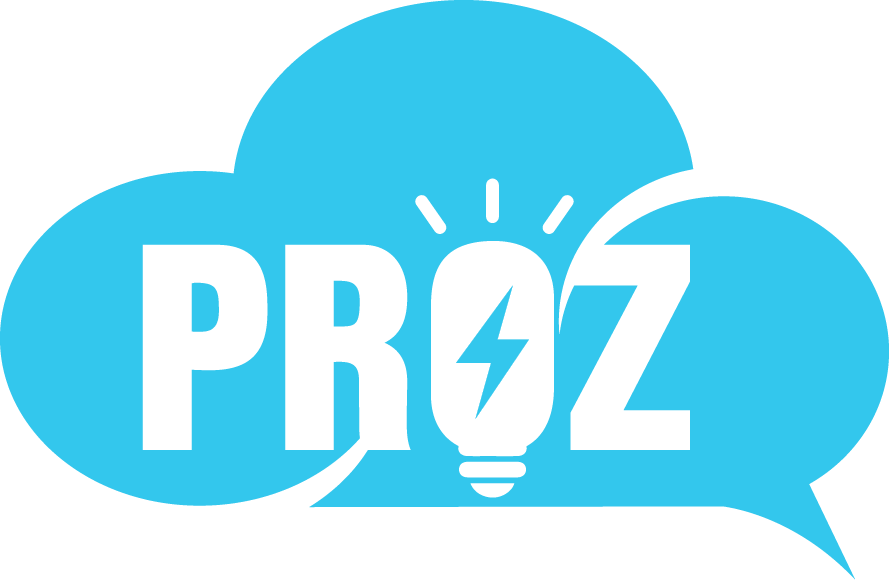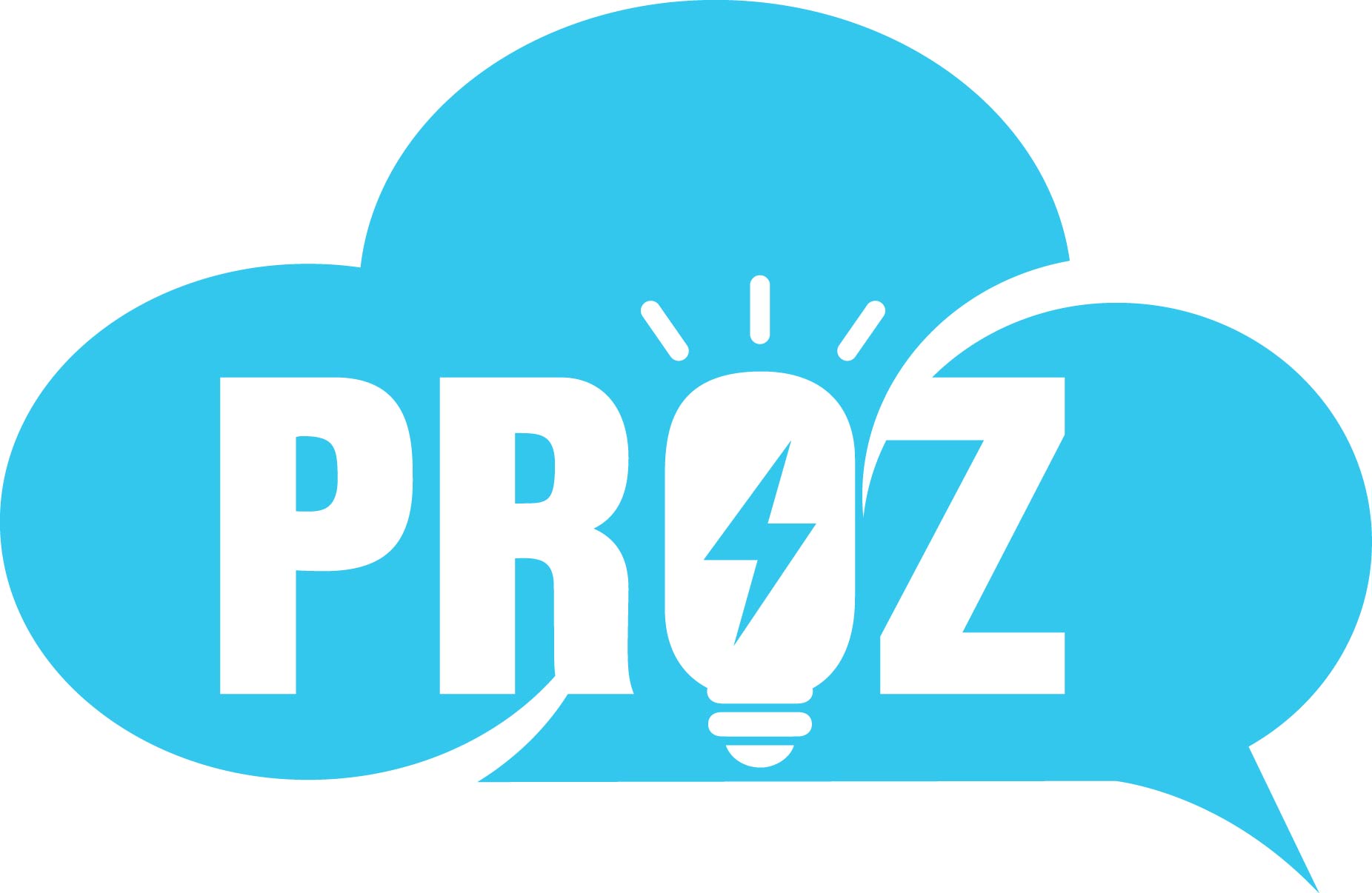In the constantly shifting landscape of customer experience, help portals are critical touchpoints that can empower businesses and their customers – or send them spiraling into frustration. Salesforce Help, as an example, has 60 million annual visitors and over 750,000 pieces of content across 18 languages. That’s a lot of information to parse.
We knew that Agentforce could make our help portal easier for our customers to use, but the response to our initial implementation of the technology wasn’t as robust as we had hoped. So our executive leadership challenged us to completely reimagine how to “agentize” the portal. The kicker? We had only five days to overhaul the user interface (UI).
And guess what? We did it. Here’s how we were able to fundamentally rethink the experience design for Salesforce Help, and how you might benefit from our learnings.
What we’ll cover:
Meeting this moment in technology
Reinventing the help portal
Five mindset shifts that influence agentic experience design
Lessons for the future
Meeting this moment in technology
How many of you manage or are developing a web portal for your organization? In a mad dash to meet this moment in technology, it’s likely your leadership has asked how you might add agentic experiences – AI agents or capabilities – to that portal. Like you, we have internal pressures and timelines at Salesforce. We not only had to address this question, but we had to deliver a solution in less than a week.
Our starting point was to scrutinize every aspect of Salesforce Help. In our case, we have more than 750,000 help, news, product, and blog articles. While most customers had been able to successfully find the resources they needed, we had surprisingly high abandonment rates. Over two million support cases ended up with our support engineers last year. We knew we needed to reduce that number.
Traditional support portals make customers work too hard to find solutions: There’s a hero search bar, main navigation, context navigation, and resource centers. Understandably, it can be overwhelming and complex to quickly assess where to go to get the most relevant information. Salesforce was no exception.
Reinventing the help portal
Truth be told, we needed to modernize the experience and simplify the page to be a conversational surface for customers to learn and explore Salesforce.
To start, we evaluated our mindset by asking: What was our objective? Did we need to simply improve the existing interactions or radically transform them?
The answer quickly became clear: To transform our Help experience, we had to transform our thinking. We stripped away extraneous components to have a single entry point with a conversational interface. Doing so allowed the experience to focus solely on what users need to accomplish.

We created a streamlined interface that gets out of the way, because the best digital experience is one that helps users complete their job without adding friction.
The result is that adoption rates rose, abandonment rates fell, and most importantly, people are getting the help they need without the hassle.
Five mindset shifts that influence agentic experience design
Here are some of the lessons we learned during our project:
1. From navigation to conversation
Traditional web portals rely on complex navigation, forcing users to click through layers of content to find what they need. With Agentforce, we shifted from click paths to conversational turn-taking, creating a more natural and direct way to get help.
Instead of navigating menus, users are met with a single, clear question: “How can Agentforce help?” From there, the interaction unfolds like a conversation. This reduces cognitive load and makes support feel more intuitive and human.
2. From content management to knowledge engineering
To create a seamless conversational experience with Agentforce, we reimagined our information architecture. We shifted from traditional content management to knowledge engineering.
Instead of users navigating complex portals, Agentforce interprets and delivers the right information. By hydrating, harmonizing, and modeling our data in Data Cloud, Agentforce does the heavy lifting, making support simpler and more intuitive.
Agentforce wasn’t just another addition; it was a chance to reset.
3. From siloed teams to collaborative effort
Building new technology requires not only new interfaces and data management, but also an organizational shift of how teams work together. Although we are on different teams with different leaders, we aligned around a shared goal without a formal re-org. Empowered to operate with autonomy, we moved quickly using just three tools (Figma, Google Sheets, and Slack) to stay aligned and informed. Prioritizing simplicity allowed us to focus on the work.
4. From user interface to flexible engagement
With Agentforce, we moved from a static, linear interface to a more flexible and responsive surface that moves with the user. It acts like a helpful companion, adapting to users’ needs and providing context as they navigate the site. This ensures a seamless experience, making it feel more like a helpful conversation than navigating a rigid system.
5. From feature building to focusing on outcomes
Traditional portals focus on product features, while agent experiences prioritize user outcomes. After years of adding features to our Help site, we realized Agentforce wasn’t just another addition; it was a chance to reset. We stripped away anything that didn’t directly support finding information or resolving issues, creating a simplified experience that allows users to focus on what matters most: completing their tasks.
While we are still evolving from a portal to an agentic experience, this shift is pushing us to be bold and intentional about removing anything that gets in the way.

Lessons for the future
Designing an agentic experience is an ongoing process. Updating Salesforce Help in just five days pushed us to trust one another, collaborate, and make quick decisions. But the true lesson was the importance of continuous improvements. By paying attention to real business needs and staying flexible, we can build experiences that are radically simple and highly effective.
We also reminded ourselves that less is more. From the user’s perspective, clarity and simplicity are essential, and prioritizing outcomes over features meant focusing only on what helps people accomplish their goals. Stripping away anything unnecessary, regardless of the effort behind it, made the experience cleaner, faster, and more effective.
We hope our journey inspires you to rethink your own web portals. Whether you’re just beginning to explore AI integration or looking to improve an existing portal, embracing these mindsets and lessons can help you better serve your users. So, we want to leave you with this question: How should you or your company shift your mindset to best deliver AI innovation for your customers?











